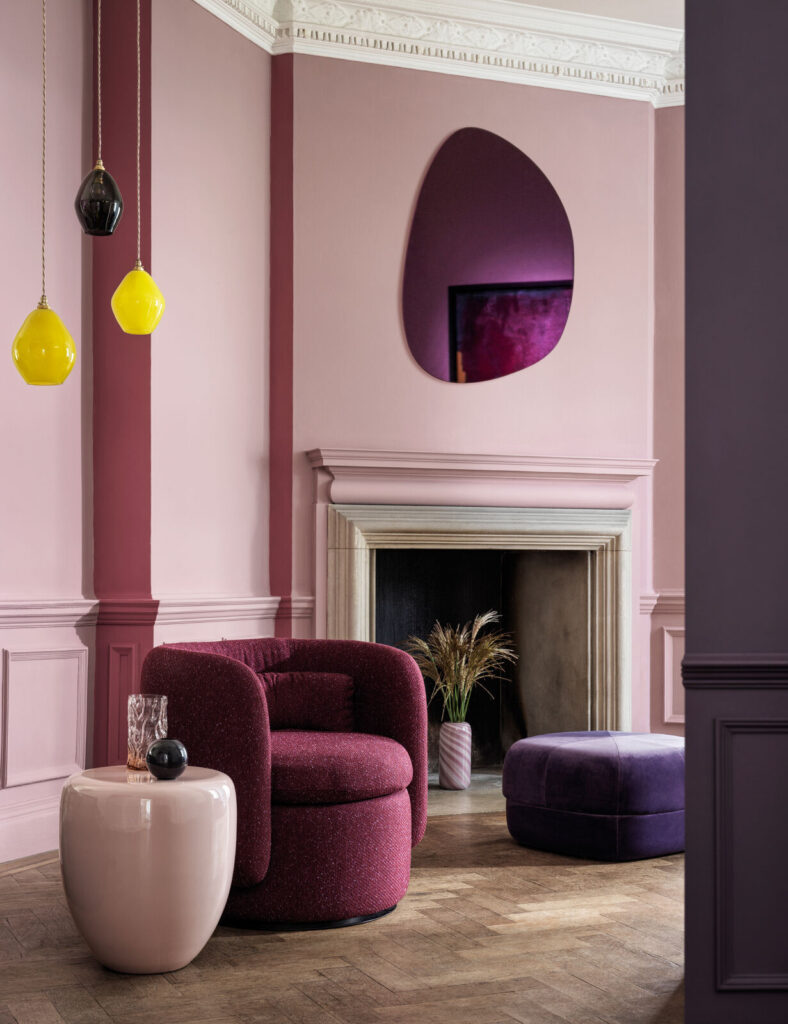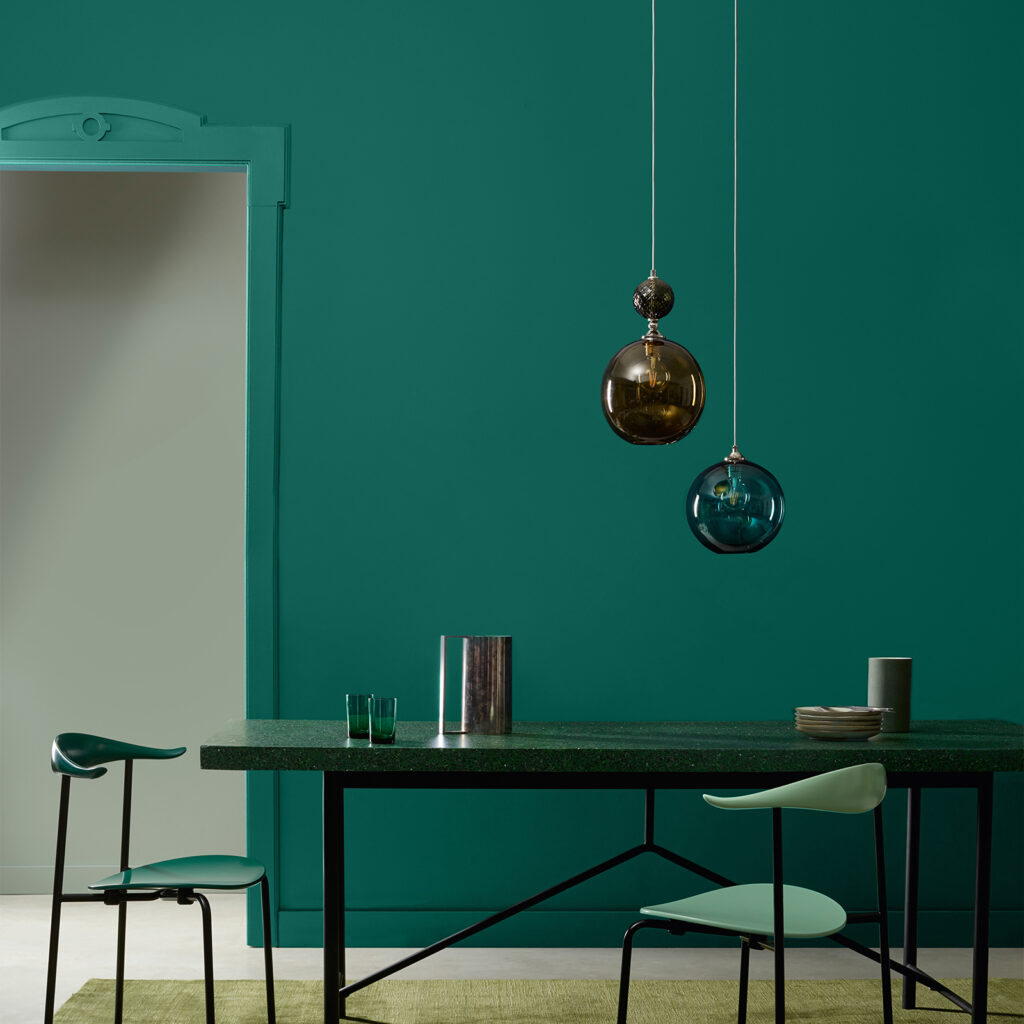Combining paint colours like a professional in your home can transform ordinary rooms into extraordinary spaces of style. The art of colour combining is not just about choosing shades that you love; it’s about understanding the relationships between colours, the mood you want to create within your home, and how the colours you choose interact with light, space, and furnishings. Below, we’ll explore how you can blend colours like a pro.

Understand colour theory: Familiarise yourself with the colour wheel, which showcases the relationships between colours. Colours adjacent to each other on the wheel (analogous colours) offer a harmonious look, while those directly opposite each other (complementary colours) create a vibrant contrast. Understanding these relationships can help you choose colour combinations that naturally work well together, so you can incorporate these into your home to give you the look you want.
Consider the mood you want to create: Colours significantly influence the mood of a space. Blue brings calm and focus, making it perfect for bedrooms and offices. Red stimulates excitement, ideal for dining areas, while yellow, associated with feelings of happiness, is wonderful for kitchens, living rooms and entryways. Green is synonymous with the natural world and promotes balance, fitting for various rooms. Neutrals are extremely dynamic, offering simplicity and enhancing other colours. Every colour will help shape the resulting atmosphere, allowing for your personal style to shine through.

Create a thoughtful colour palette: Start by choosing a base colour that reflects the mood you wish to evoke. From there, select complementary or analogous colours to add depth and interest; these will serve as your secondary colours, especially perfect for furnishings and textiles. For a dynamic touch, introduce colour accents through accessories like cushions, artwork, or decorative objects. These accents can be bolder or more saturated hues that contrast with your primary palette, drawing in the eye and adding layers of complexity. The key to combining colours effectively is to maintain a cohesive thread throughout the space, ensuring that each hue, whether a base, secondary, or accent colour, contributes to the overall aesthetic and mood you aim to create.Top of Form
Test your colours throughout the day: To effectively test colours in a space, start by applying large paint samples on various walls or positioning fabric swatches around the room to observe how they respond to different lighting conditions throughout the day. This method helps identify how colours shift in natural versus artificial light, ensuring the chosen hues complement the space under all circumstances. Also, consider how these colours mesh with existing room elements like flooring and furniture. This step is vital for achieving a harmonious and appealing design that enhances the room’s overall atmosphere.

Mix textures and finishes: Combining different textures and finishes can add dimension and interest to your colour scheme. When it comes to your paint, matt finishes absorb light, offering a soft, sophisticated look, while gloss finishes reflect light, adding brightness and depth. Playing with different paint techniques. You can also use special textured rollers or brushes to create patterns such as stippling, swirling, or linen effects. Another method is to apply a base coat of paint and then use a glaze with a sponge, rag, or crumpled paper to dab or roll over the surface, creating a layered, multidimensional finish.Use these finishes strategically to enhance the visual impact of your colour choices.
Combining paint colours like a pro means you’ll be able to create beautifully coordinated spaces that reflect your unique style and make your home feel more inviting and cohesive. For everything you need for your next painting project, call into your nearest Crown Paints retailer!




